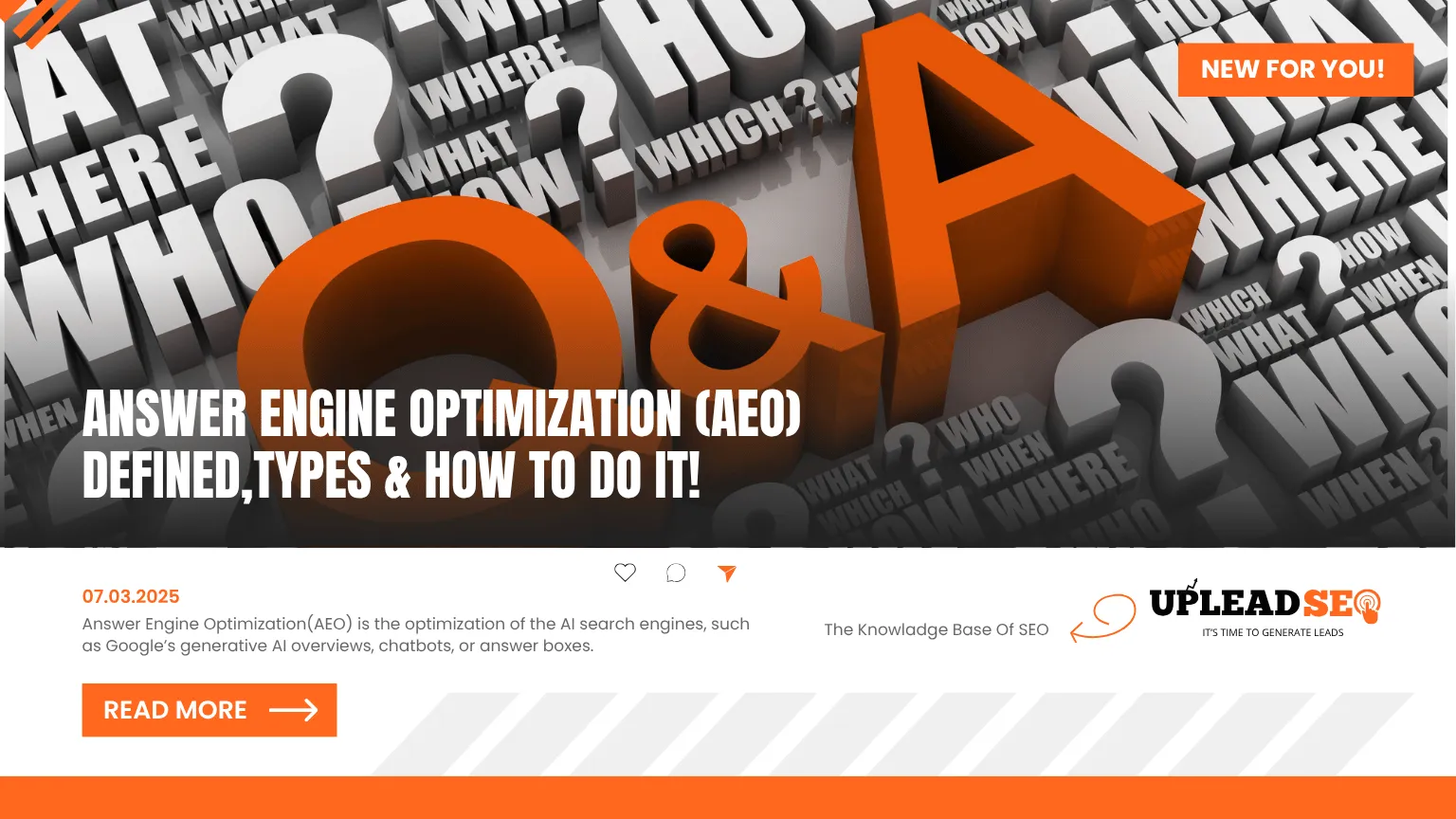Evolution makes an impact on Search engines. Before 2010, these types of terms did not exist AEO, GEO as search engines evolved, we see new terms. Answer engine optimization covers a lot of things like PAA, Voice answers, chatbot answers, etc. Businesses need to optimize for the answer engine optimization to take the full advantage of traffic, which leads to revenue. Let me explain what is, difference & how to optimize for it.
What Is AEO?
Answer Engine Optimization(AEO) is the optimization of the AI search engines, such as Google’s generative AI overviews, chatbots, or answer boxes. For example, a marketing guide explains that AEO is “the process of improving a brand’s visibility in AI engines” (e.g., ChatGPT, Perplexity, Google AI) so that content can be “cited” as an answer. Unlike classic SEO (which targets listing visibility), AEO focuses on answerability – i.e., ensuring content formats (clear answers, facts, structured data) that AI systems use to generate concise responses
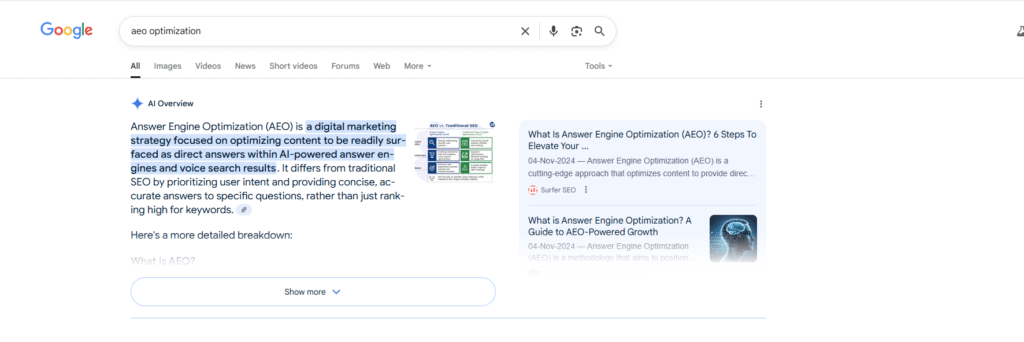
In today’s world, in 2025, most people use AI search engines to answer quickly rather than browsing a lot of webpages. Now, with deep research and agentic AI makes more easier to find info about their topic.
Why Do We Need AEO?
In May 2025, the platform recorded approximately 5.24 billion visits, a notable increase month-over-month. So, now businesses need to optimize for AEO, which AI chooses your business in their response to make 4x your leads.
How AEO Differs From Traditional SEO?
Answer Engine Optimization (AEO) marks a fundamental evolution from traditional Search Engine Optimization (SEO), prioritizing direct, concise answers to user queries over a high-ranking position on a search engine results page (SERP).
While traditional SEO focuses on optimizing website structure and content with keywords to improve visibility and drive organic traffic, AEO is tailored for the age of AI-powered search, voice assistants, and featured snippets.
| Feature | Traditional SEO | Answer Engine Optimization (AEO) |
| Primary Goal | Improve website ranking on SERPs to increase organic traffic. | Provide direct, concise answers to user queries, often in featured snippets, voice search, or AI-powered results. |
| Success Metric | High organic ranking (e.g., top 10 results). A significant portion of organic traffic comes from these rankings. | Securing the “answer” spot, leading to a high volume of zero-click searches (currently over 50% of Google searches). |
| Content Focus | In-depth, comprehensive content optimized with relevant keywords to rank for specific search terms. | Structured, easily digestible content (FAQs, how-to guides, lists) that directly addresses long-tail, conversational queries. |
| Technical Focus | On-page optimization (meta tags, headers), off-page optimization (backlinks), and website speed. | Schema markup, structured data, and mobile-friendliness to help search engines understand and extract information. |
| User Intent | Targets users in the research and consideration phases of their journey. | Caters to users with high-intent, specific questions who are often looking for quick solutions. |
| Impact on Clicks | Aims to generate a high volume of clicks to the website. | Often results in “zero-click” searches where the user gets the answer directly on the SERP, potentially reducing website clicks. |
| Future Outlook | Remains a foundational element of digital marketing. | Growing in importance with the rise of AI, voice search, and conversational AI assistants. |
How AEO Differs From GEO?
AEO (Answer Engine Optimization) and GEO (Generative Engine Optimization) are two distinct concepts in the field of search engine optimization, with each focusing on different approaches to handling content and user queries.
| Aspect | AEO (Answer Engine Optimization) | GEO (Generative Engine Optimization) |
|---|---|---|
| Focus Area | Optimizing content for engines that deliver direct, clear answers (e.g., featured snippets). | Optimizing content for AI systems that generate creative, dynamic responses. |
| Content Type | Structured content (e.g., FAQs, knowledge bases) with direct answers. | Flexible, dynamic content (e.g., blog posts, AI-generated articles). |
| Goal | To provide concise and relevant answers to specific queries quickly. | To improve the AI’s ability to generate personalized, coherent, and creative outputs. |
| Techniques | – Structured data (e.g., schema.org) – Concise, clear answer formats (e.g., bullet points) | – Tailoring prompts for creative outputs – Optimizing for natural language generation |
| Example Use Cases | – FAQs – Product descriptions – How-to guides | – Chatbots – Virtual assistants – AI content generation platforms |
| Optimization Focus | Extracting and presenting predefined information from structured content. | Guiding AI to produce dynamic, varied responses for a wide range of queries. |
| Format Style | Short, factual, and structured (e.g., lists, bullet points, direct answers). | Creative, conversational, and adaptable, often narrative-driven or exploratory. |
What Are The Types of Answer Engines?
Answer engines are technologies designed to deliver direct and relevant responses to user queries. They come in various types, each serving specific functions across different domains, from search engines providing concise answers to virtual assistants offering conversational help. Here are the main types of answer engines, defined briefly:
- Search Engine Answer Boxes
Provide quick answers or summaries extracted from various online sources, typically shown directly on the search engine result page (SERP). - Virtual Assistants
AI-driven systems that understand spoken or typed queries and respond with natural language answers, often integrated into smart devices. - FAQ Answer Engines
Systems built around answering common questions, typically by retrieving answers from predefined FAQs on websites or support platforms. - Knowledge Graphs
Structured databases that store factual information and relationships between entities, contextually offering answers. - Specialized Q&A Platforms
Platforms where users can post questions and receive answers from experts or other community members, often based on crowd-sourcing. - Document-based Answer Engines
Extract answers from specific documents like manuals, research papers, or legal texts based on the user’s query. - Customer Support Answer Engines
Automates the process of answering customer service inquiries, often pulling responses from ticket histories or knowledge bases. - Chatbots
AI-powered bots that simulate conversation and provide direct responses to user queries are commonly used in customer service or on websites. - Voice Assistants
Focused on voice-based interactions, these answer engines are embedded in smart devices to assist users hands-free with information. - Medical or Research-based Answer Engines
Specialized engines that provide expert-level answers to medical, scientific, or research-based queries, often pulling from trusted sources.
How To Optimize For Answer Engines?
LLMO and Answer Engine Optimization are different technical expressions for Semantic Search Engine Optimization. Sequence Modeling… is the backbone of Semantic SEO.
Topical Authority & Semantic Networks:
Building a topical map or “semantic content network” around a subject. This means covering a topic fully: including all key entities, subtopics, attributes, and their interrelations. Topical Authority is defined as providing “the expertise of a source for a topic by covering more entities, attributes, and sub-topics with accurate information” Sites like interconnected knowledge bases, where each page (or “node”) relates to others through shared concepts (i.e. a website is treated as its own knowledge-base with many semantic connections).
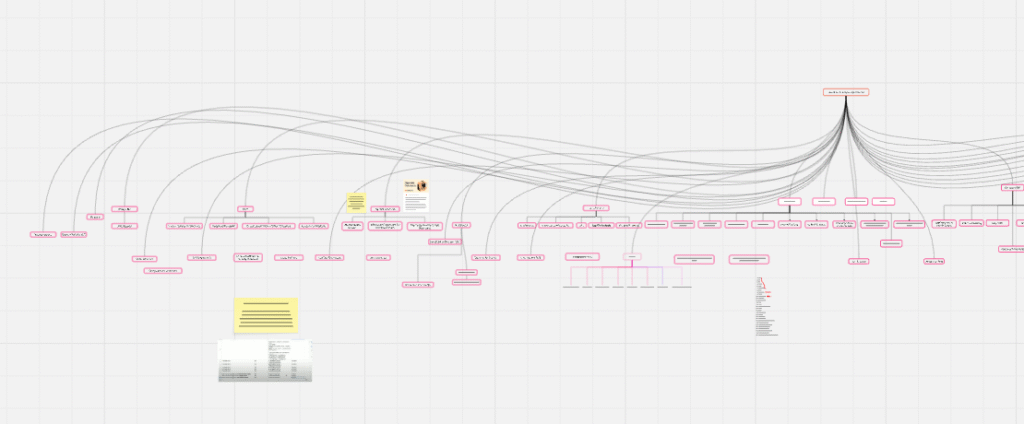
LLM-Optimization Workflow:
This includes fine-tuning or aligning with large language models, creating a topical map and semantic network, and generating content with “microsemantic” human effort. Seven LLMO steps:
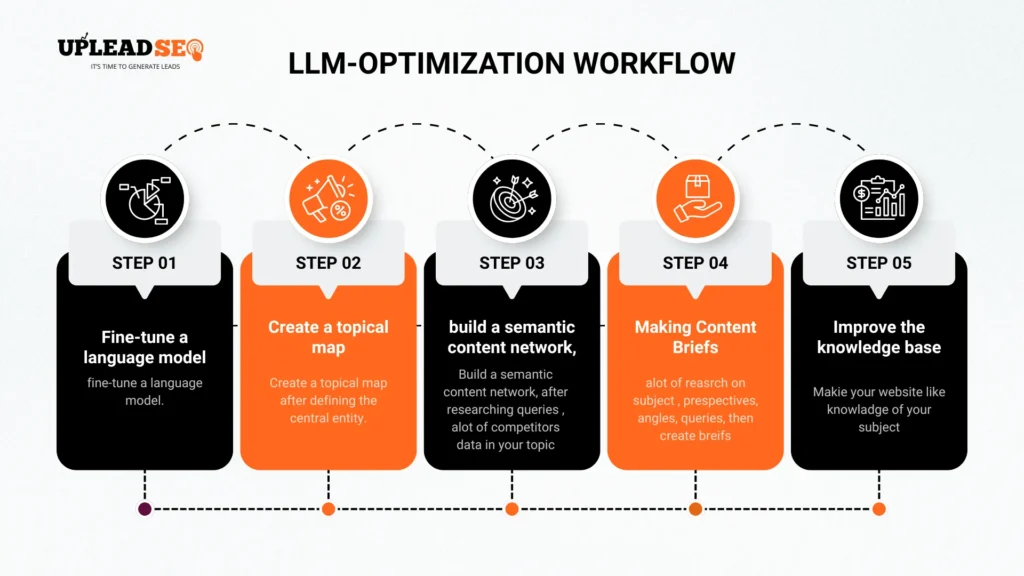
- 1) fine-tune a language model,
- 2) create a topical map,
- 3) build a semantic content network,
- 4) generate content,
- 5) include human micro-semantic optimization,
- 6) improve the knowledge base,
- 7) Make your site a “speaking AI” – essentially making it ready to answer questions. Human oversight (editing for clarity, context, and precise semantics) is essential even in this automated approach.
Answer Formatting:
Write content to address questions directly. Use clear headings that are questions or precisely describe the answer. Provide concise answers in the first sentence or paragraph after each question heading. content so that each sentence or bullet point answers one specific query.
Use bullet lists, numbered lists, tables, and images where appropriate, since Google’s patents suggest diverse answer formats (charts, lists, images) can boost an “answer score”. In other words, structure content so that any one section can stand alone as a self-contained answer. Sections for “Featured Snippet answers”, ensuring each heading clearly contains the snippet-worthy answer (often under 40 words).
Question Clustering:
For related queries, it does not recommend dozens of short FAQ pages. Instead, cluster minor questions into broader articles. For example, smaller sub-questions are combined under a single topic page with a contextual hierarchy.
“Too many questions on a page” that stray from the main intent. This way, each page remains highly relevant to its core topic (a key signal in Google’s Information Gain patent).
Visual Elements:
Incorporate visuals when they answer the query (e.g., a chart if asked for statistics). Patents mention selecting images or tables as answer passages. Visuals carry an “Object Entity” and can match entity types, so relevant images/figures can help a passage’s score.
Microdata and Knowledge Base:
Whenever applicable, include structured snippets or markups that correspond to entities (e.g., FAQ schema, QAPage schema, or even JSON-LD facts). “Find a Knowledge Base” and “Verbalize the Knowledge Base” – essentially mining your content or external knowledge sources and then phrasing those facts in natural language. The goal is to feed AI the same factual information that might be in its graph.
Answer Passage Scoring:
Google’s patent US9940367B1 (“Scoring Candidate Answer Passages”) describes how, from top-ranked results, Google extracts “passage units” (sentences, list items, etc.) and combines them into candidate answer passages.
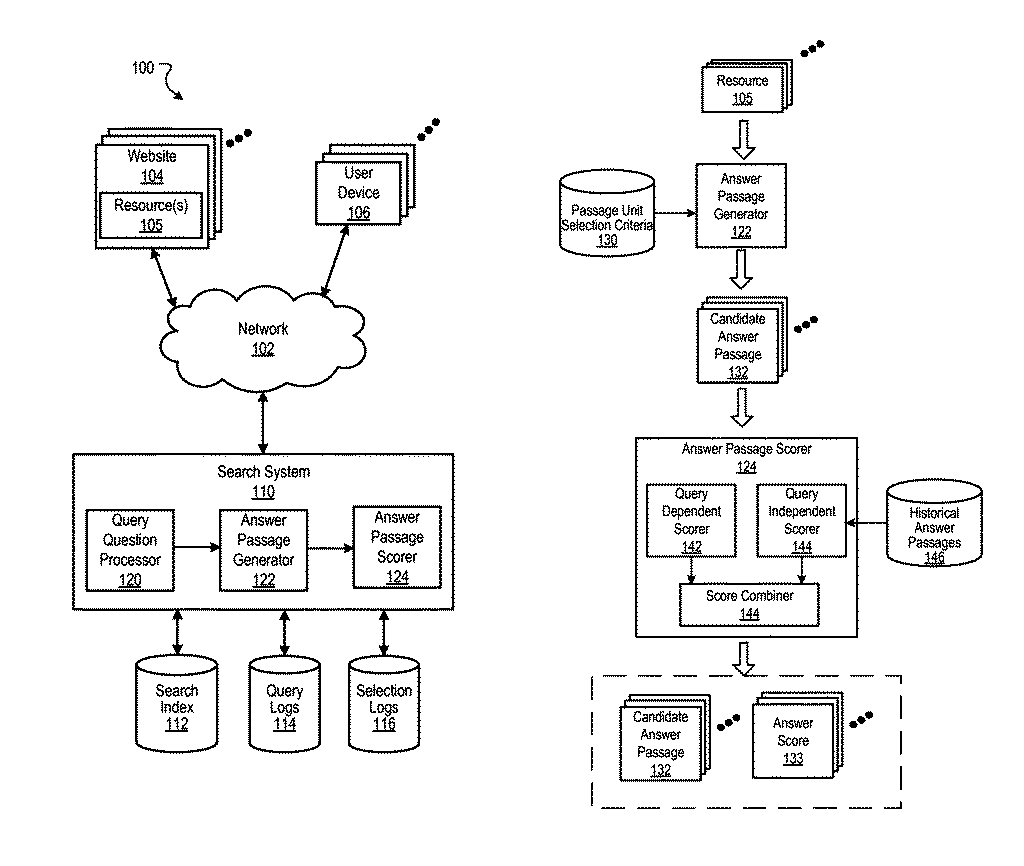
Each candidate is scored by query-dependent features (how well it matches query terms and answer terms) and query-independent features. Google then selects the passage with the highest answer score as the answer box content.
Implication: To win answer features, content should include clear answer passages that closely match likely query terms and answer types (e.g., numeric data, definitions, etc.). Pages with multiple “answer elements” (text, list, image, table) may score higher.
Answer Types and Query Intent:
The patent “Generating Elements of Answer-Seeking Queries” (US20170011116A1) explains that Google classifies queries into question types and matches them to answer types found in documents. Importantly, a query need not include words like “how/why” to trigger this; it only must match a known question pattern.
Google can then pick a passage that matches the expected answer type, even if the passage doesn’t contain the original query terms. Implication: Optimizing for AEO means satisfying the underlying intent, not just exact query phrasing. Content should explicitly address the conceptual question (answer type) and not rely on matching keywords alone
Passage Retrieval / Semantic Matching:
A Google patent on passage retrieval (US20160078102A1) indicates Google can pre-index passages with annotations and score them by “relationship overlap” with the query. It describes retrieving well-formed, self-contained passages that maximize semantic match to the question.
Implication: Google’s passage retrieval favors semantically coherent passages. Content that forms standalone answerable passages (proper sentences, full context) will be favored over fragmented snippets. Well-formed, context-rich sentences aligns with this.
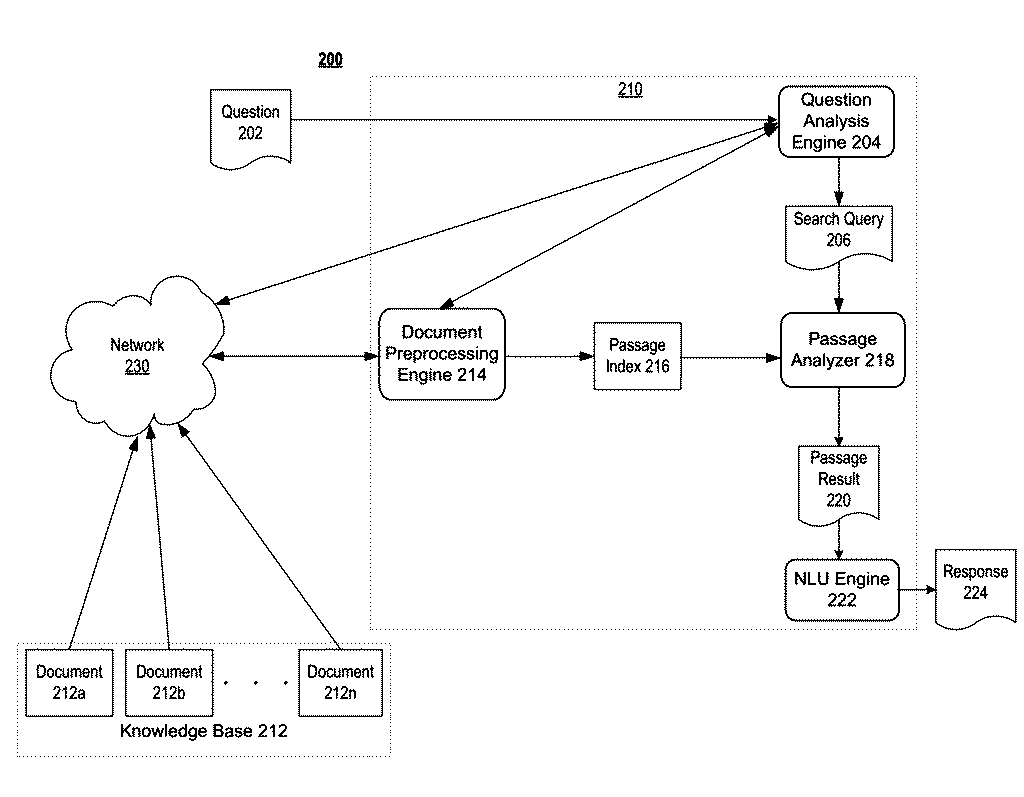
Other Signals:
Passage indexing and BERT – Google’s known use of neural models suggests that semantic relevance (not just keywords) matters. Google’s guidance on featured snippets also mentions only selecting answers it deems helpful. Additionally, voice assistants and chatbots likely factor in context like page prominence and authoritativeness.
How Long Does Answer Engine Optimization Take?
Answer Engine optimization takes some months but also depends on how you optimize and what are the competition in your topic.
How to Structure Data in AEO
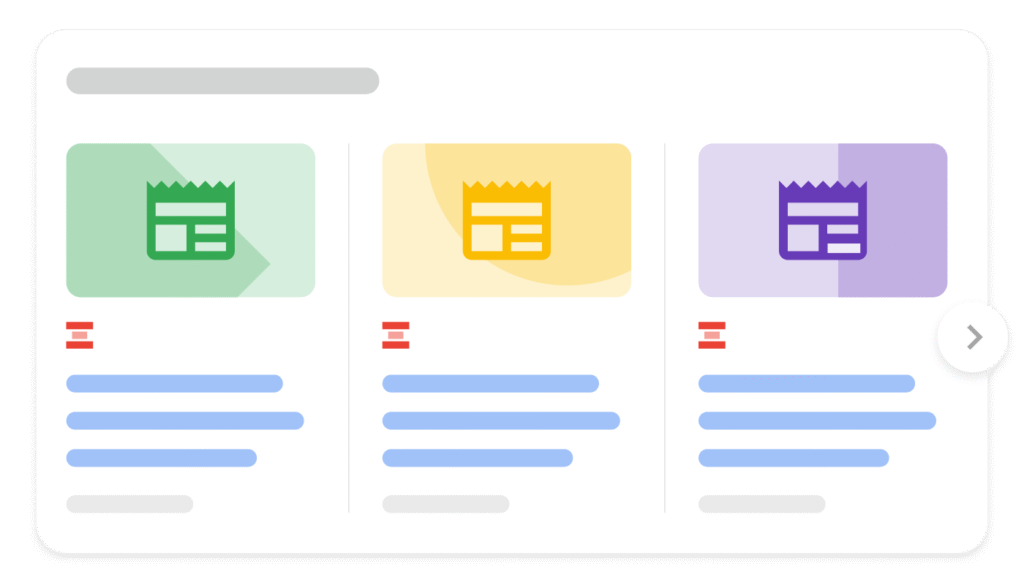
In Answer Engine Optimization (AEO), structuring data is crucial for enabling search engines or other answer engines to easily extract relevant, concise, and accurate answers. By organizing content in a way that aligns with the needs of these engines, you can significantly improve the chances of your content being featured in answer boxes or snippets.
Example:
{
"@context": "https://schema.org",
"@type": "FAQPage",
"mainEntity": [{
"@type": "Question",
"name": "What is Answer Engine Optimization?",
"acceptedAnswer": {
"@type": "Answer",
"text": "Answer Engine Optimization (AEO) is the process of optimizing content for search engines to provide direct answers."
}
}]
}What is The Role of AI and Machine Learning In AEO?
AI and Machine Learning (ML) play a very important role in Answer Engine Optimization (AEO) by enhancing how engines understand, process, and deliver relevant answers to users. These technologies help optimize content for better extraction, organization, and presentation of answers.
What Is Query Augmentation In AEO?
Query Augmentation in AEO is the process of enhancing a user’s query with additional terms, keywords, or context to improve the accuracy and relevance of the answers provided by answer engines. This is done by expanding or rephrasing the query to better align with content or to capture more variations of user intent.
For example, if a user searches for “best laptops,” query augmentation might add terms like “2025,” “reviews,” or “under $1000” to refine the results.
By improving query precision, query augmentation helps answer engines deliver more accurate and relevant answers, thus increasing user satisfaction and engagement.
SEO & AEO optimizations are side by side.
